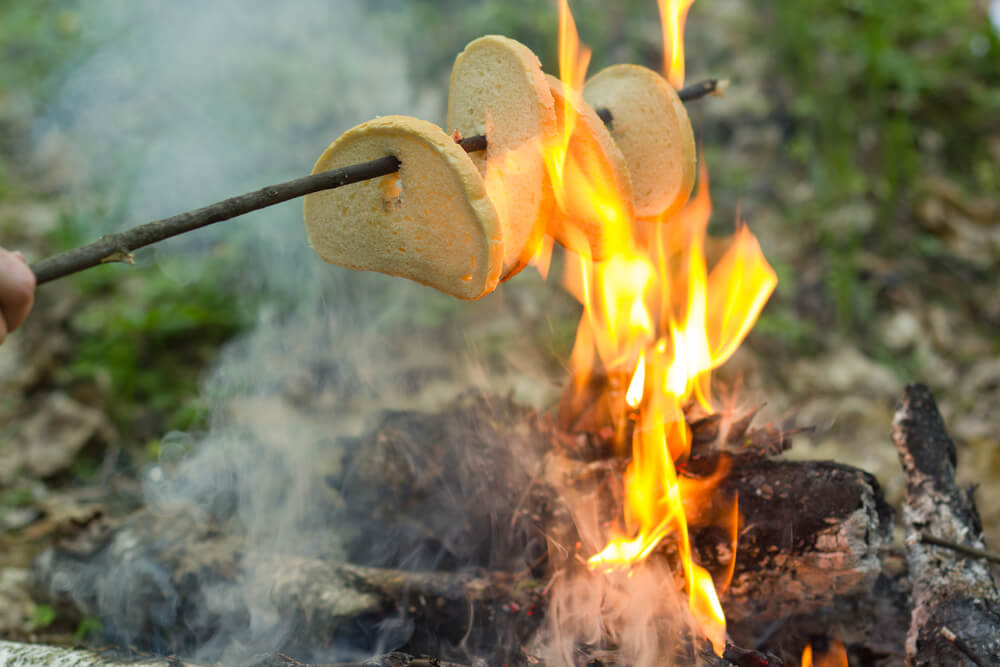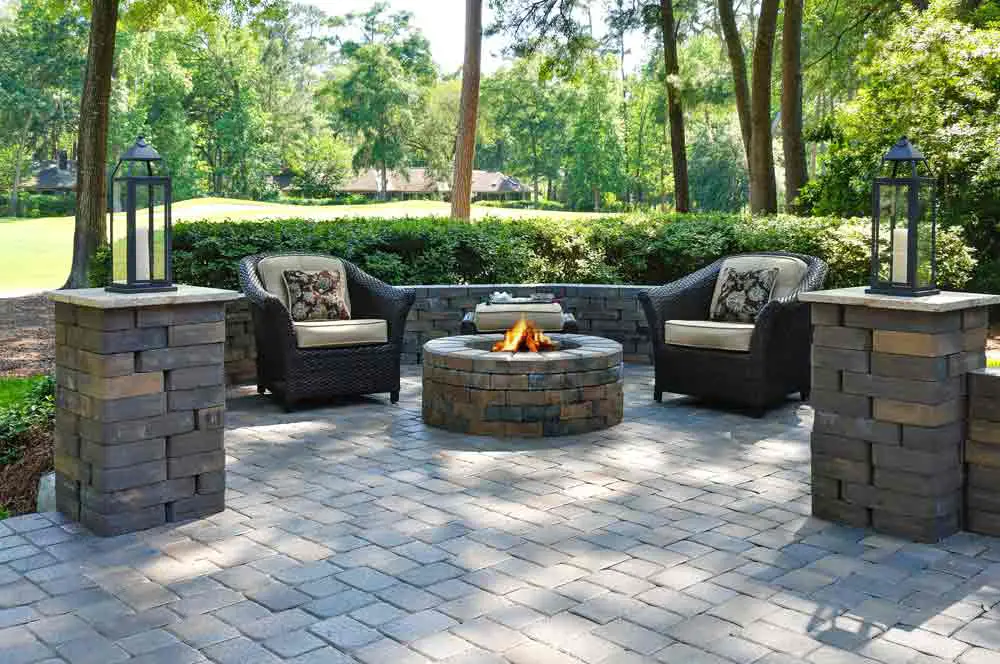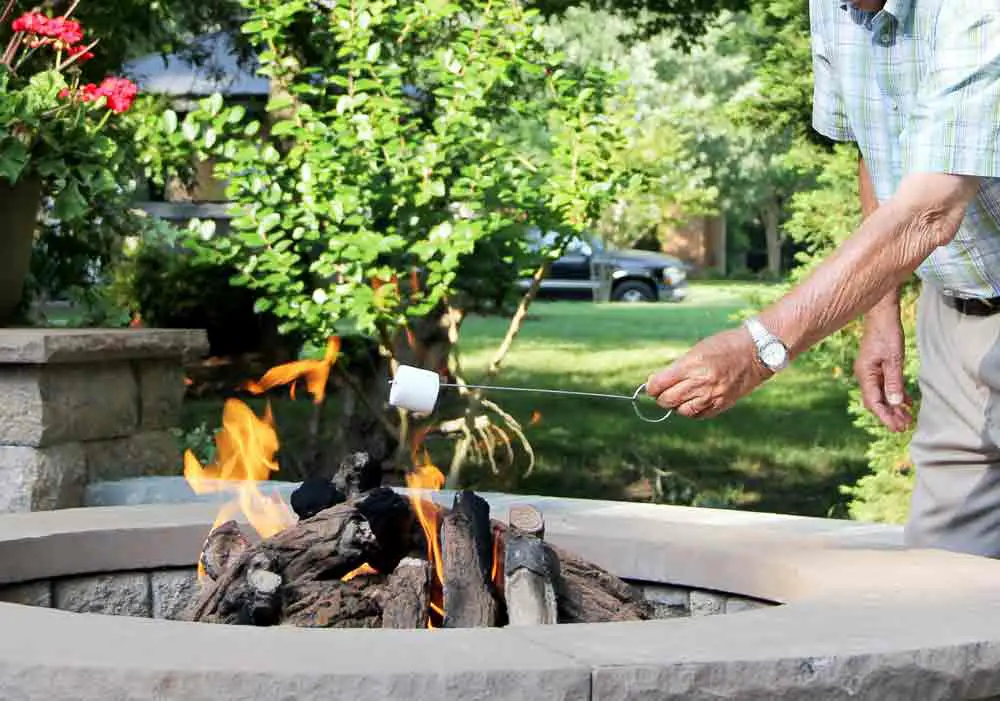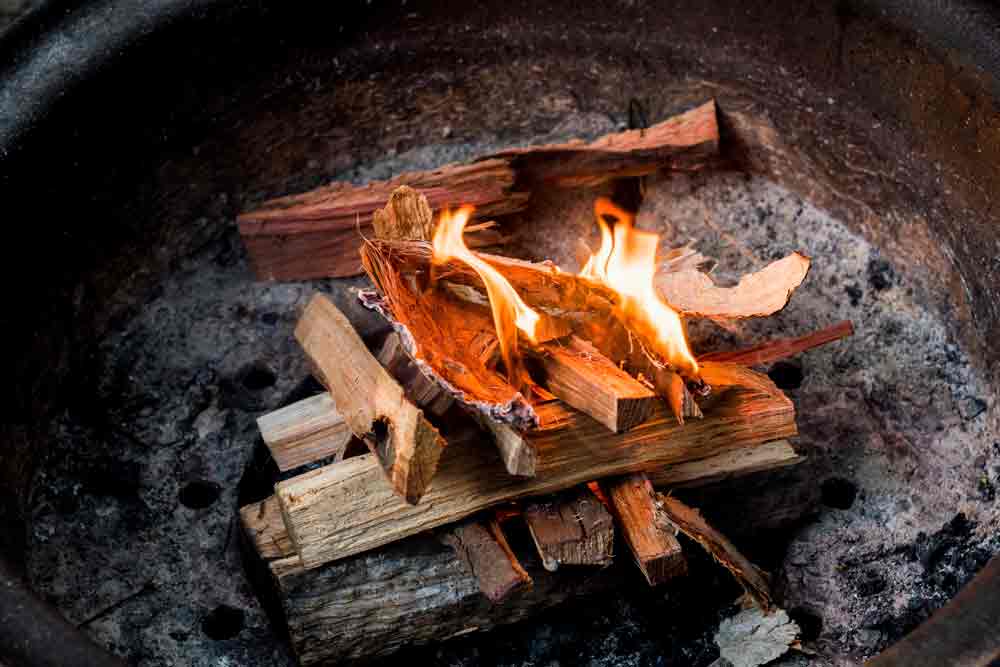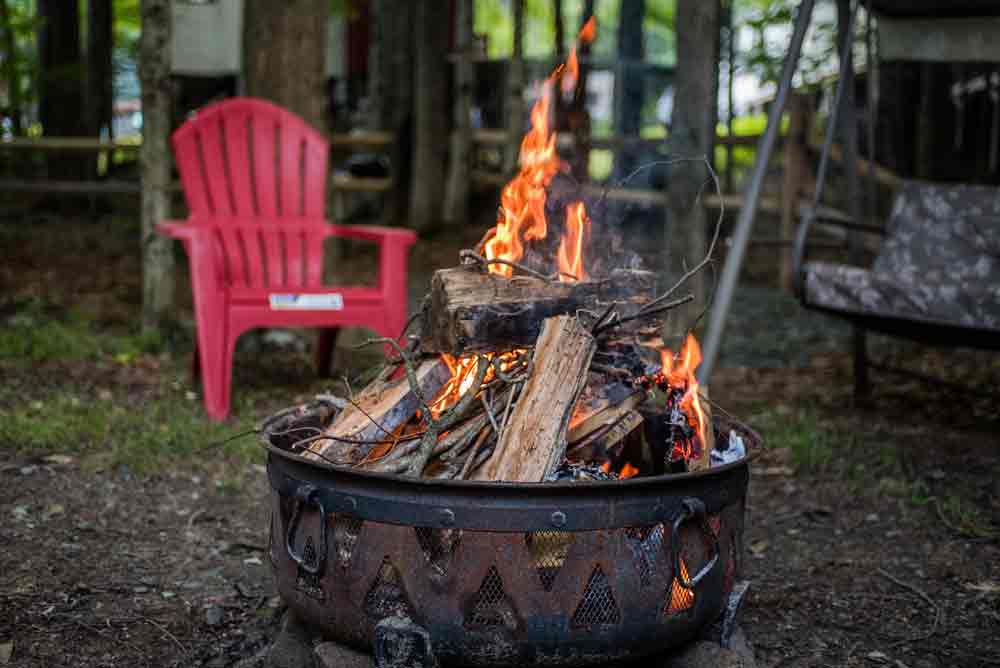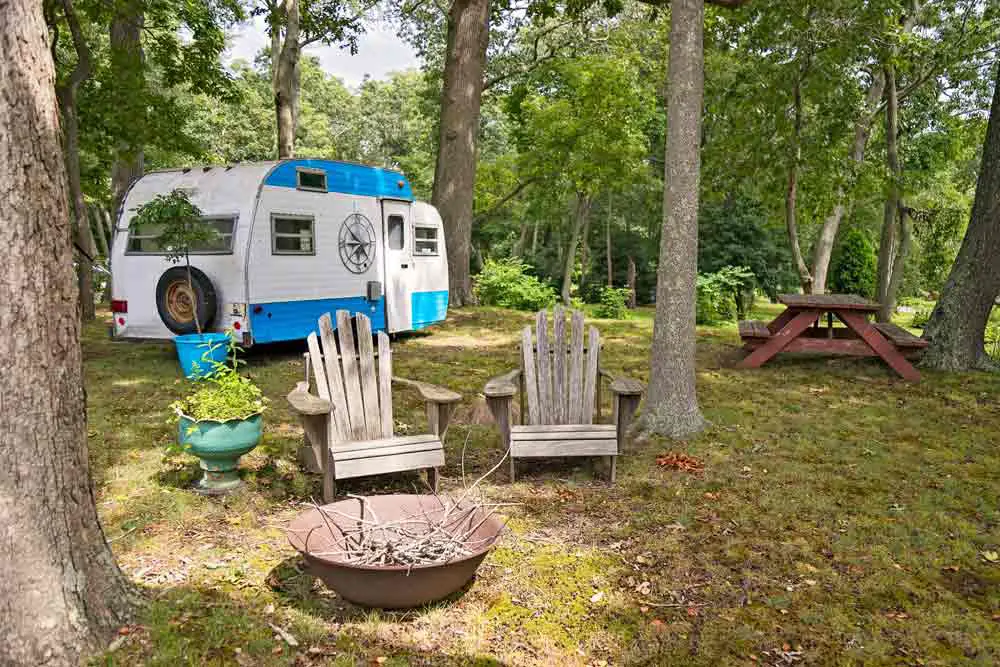Gas fire pits serve many purposes. They offer a gathering place to socialize, a mesmerizing effect, and can provide warmth and light with their heat.
However, a fire pit can also vary as to how warm it gets based on the heat source.
Heat is the most important. While beauty and mood concepts can change and be different, a temperature rise is always the same. Before you choose to get a portable fire pit table, it’s important to know if fire pits make and keep you warm.
A tabletop fire pit can keep you warm, but it varies. Even a candle flame can be warming, but it’s not likely to keep you cozy. With that, the heat generated from the pit depends on what fuel you use, such as propane gas, natural gas, or wood.
The size of the flame, pit, and outdoor space matter, as well. If you plan to thoroughly heat a patio, a portable option might not be ideal. With that, safety is a huge concern, too.
Focus on Heat
To understand how to choose a fire pit table, you must consider the heat. Most manufacturers focus on BTUs, which is a British Thermal Unit. For outdoor living, you may also want a burner that goes over the fire.
BTU Definition
A BTU is a unit of measurement to tell you how much energy it takes to raise temperatures of water by one degree while at sea level. However, along with heat output, you also have to think about the initial temperature of the water.
Convection vs. Radiation
Without focusing too much on the science, it’s important to think about heat transfer when you’re enjoying an outdoor fire:
Radiant
Most of the heat you feel comes from radiant heat. This is made of infrared waves and visible light. As the photons hit the skin, you feel it.
Convection
Convection heat travels in all directions on the air. Therefore, most convective heat from the flames travels into the air and isn’t felt by those sitting by the fire. However, if the wind blows, you could feel it a bit.
Which Fire Pits Get Hotter?
It’s not easy to decide which outdoor fire pit type gets the hottest. Various factors influence how much heat the gas fire pit can produce. The size of your fire pit is part of that. However, fuel types are another consideration.
Best BTUs for the Money
It’s important to think about the heat output and choose the fire pit with the highest amount of BTUs to meet your heat needs. Keep in mind that you have to put in the effort to add the right fuel to get the most heat.
Natural Gas Fire Pit
Natural gas has lower BTUs per cubic foot than other sources. Therefore, a natural gas fire pit uses more of the propane tank to get enough heat.
With that, natural gas is often cheaper than propane. How much you use the gas fire pit and how warm you want to be determines how much fuel you need. With that, you must consider the higher initial cost because of the gas line installation. A professional should put in the gas line!
Ultimately, it’s best to choose a stainless steel one. Get some lava rocks as well. Generally, the lava rocks stay heated longer, so you have a warmer fire.
Propane Gas Fire Pits
A propane gas fire table is similar to a natural gas fire pit. The small ones can put out about 30,000 BTUs, and larger ones go up to 60,000. However, the propane tank and refills could cost you a lot more. Still, these tables could be less or more in the long run. It just depends on how often you use the tables and how much heat it produces.
Always go for a stainless steel pit, as they’re safer.
Wood-burning Fire Pits
A wood-burning fire pit produces various BTUs based on the wood you use. For example, seasoned wood offers more heat than green options. If you gather firewood for fuel, chop what you want now so that it’s ready for the wood fire pit later.
The wood you use determines the amount of heat you get. Oak has more BTUs than walnut, which is better than pine.
Generally, one cord of firewood is about 128 cubic feet, so it produces about 27.5 million BTUs. You can also get them hot by putting on more wood. If you’re focused on heating power, this could be the right choice.
How Hot Does a Fire Pit Get?
The max BTUs for an outdoor gas fire pit is about 100,000. You need one that fits the space and produces as little smoke as possible. With that, you might want to purchase one with a burner for cooking.
Can You Make the Fire Pit Hotter?
Yes, it’s possible to make your fire pit hotter if you’re burning wood. However, it’s more challenging to do this with a propane fire pit. Here, you can often control the primary airflow to change the color/size of the flames. The more air, the cleaner the flame.
It’s also possible to add a lava stone or some fire glass to the pit. Just make sure that you cover the bottom and watch out for smoke. With that, the weather can affect the output of heat, too.
Fire Pit Alternatives
If you want to have warmth while experiencing the backyard, you might not want a tabletop fire pit. Outdoor heaters are a good option, though there are no flames, and you can’t cook on them.
Stand-up Propane Heaters
Look for a heater that has at least 46,000 BTUs. They often stand about 88 inches tall and have a cover. Plus, a heater can be used on the patio or for commercial needs. Consider a propane heater for your space!
Conclusion
You want the best gas fire pit, but you might only be thinking of the style and cost. If you plan to use it year-round in the backyard, it might be best to consider a propane version with a tank. It’s sure to keep the patio warm!
Just make sure that you understand the safety guidelines and rules for your area. Get yourself a heavy-duty pit, and you can keep toasty while you enjoy the ambiance.

